Key Highlights
- Existing-home sales decreased for the seventh straight month to a seasonally adjusted annual rate of 4.80 million. Sales tailed off 0.4% from July and 19.9% from the previous year.
- The median existing-home sales price rose 7.7% from one year ago to $389,500.
- After five successive monthly increases, the inventory of unsold existing homes dwindled to 1.28 million by the end of August, or the equivalent of 3.2 months at the current monthly sales pace.

See and share this infographic.
WASHINGTON (September 21, 2022) – Existing-home sales experienced a slight dip in August, marking the seventh consecutive month of declines, according to the National Association of REALTORS®. Month-over-month sales varied across the four major U.S. regions as two regions recorded increases, one was unchanged and the other posted a drop. On a year-over-year basis, however, sales fell in all regions.
Total existing-home sales,1 https://www.nar.realtor/existing-home-sales, completed transactions that include single-family homes, townhomes, condominiums and co-ops, notched a minor contraction of 0.4% from July to a seasonally adjusted annual rate of 4.80 million in August. Year-over-year, sales faded by 19.9% (5.99 million in August 2021).
“The housing sector is the most sensitive to and experiences the most immediate impacts from the Federal Reserve’s interest rate policy changes,” said NAR Chief Economist Lawrence Yun. “The softness in home sales reflects this year’s escalating mortgage rates. Nonetheless, homeowners are doing well with near nonexistent distressed property sales and home prices still higher than a year ago.”
Total housing inventory2 registered at the end of August was 1,280,000 units, a decrease of 1.5% from July and unchanged from the previous year. Unsold inventory sits at a 3.2-month supply at the current sales pace – identical to July and up from 2.6 months in August 2021.
“Inventory will remain tight in the coming months and even for the next couple of years,” Yun added. “Some homeowners are unwilling to trade up or trade down after locking in historically-low mortgage rates in recent years, increasing the need for more new-home construction to boost supply.”
The median existing-home price3 for all housing types in August was $389,500, a 7.7% jump from August 2021 ($361,500), as prices ascended in all regions. This marks 126 consecutive months of year-over-year increases, the longest-running streak on record. However, it was the second month in a row that the median sales price retracted after reaching a record high of $413,800 in June, the usual seasonal trend of prices declining after peaking in the early summer.
Properties typically remained on the market for 16 days in August, up from 14 days in July and down from 17 days in August 2021. Eighty-one percent of homes sold in August 2022 were on the market for less than a month.
First-time buyers were responsible for 29% of sales in August, consistent with July 2022 and August 2021. NAR’s 2021 Profile of Home Buyers and Sellers – released in late 20214 – reported that the annual share of first-time buyers was 34%.
All-cash sales accounted for 24% of transactions in August, the same share as in July, but up from 22% in August 2021.
Individual investors or second-home buyers, who make up many cash sales, purchased 16% of homes in August, up from 14% in July and 15% in August 2021.
Distressed sales5 – foreclosures and short sales – represented approximately 1% of sales in August, essentially unchanged from July 2022 and August 2021.
According to Freddie Mac, the average commitment rate(link is external) for a 30-year, conventional, fixed-rate mortgage was 5.22% in August, down from 5.41% in July. The average commitment rate across all of 2021 was 2.96%.
Realtor.com®‘s Market Trends Report(link is external) in August shows that the largest year-over-year median list price growth occurred in Miami (+33.4%), Memphis (+25.8%) and Milwaukee (+25.0%). Phoenix reported the highest increase in the share of homes that had their prices reduced compared to last year (+30.9 percentage points), followed by Austin (+24.8 percentage points) and Las Vegas (+24.4 percentage points).
Single-family and Condo/Co-op Sales
Single-family home sales decreased to a seasonally adjusted annual rate of 4.28 million in August, down 0.9% from 4.32 million in July and down 19.2% from the previous year. The median existing single-family home price was $396,300 in August, up 7.6% from August 2021.
Existing condominium and co-op sales were recorded at a seasonally adjusted annual rate of 520,000 units in August, up 4.0% from July and down 24.6% from one year ago. The median existing condo price was $333,700 in August, an annual increase of 7.8%.
“In a sense, we’re seeing a return to normalcy with the homebuying process as it relates to home inspections and appraisal contingencies, as those crazy bidding wars have essentially stopped,” said NAR President Leslie Rouda Smith, a REALTOR® from Plano, Texas, and a broker associate at Dave Perry-Miller Real Estate in Dallas. “In an ever-changing market, REALTORS® help consumers successfully manage the complexities of buying or selling homes.”
Regional Breakdown
Existing-home sales in the Northeast grew 1.6% from July to an annual rate of 630,000 in August, down 13.7% from August 2021. The median price in the Northeast was $413,200, an increase of 1.5% from the previous year.
Existing-home sales in the Midwest fell 3.3% from the prior month to an annual rate of 1,160,000 in August, retreating 15.9% from August 2021. The median price in the Midwest was $287,900, up 6.6% from the previous year.
At an annual rate of 2,130,000 in August, existing-home sales in the South were identical to July but down 19.3% from one year ago. The median price in the South was $356,000, an increase of 12.4% from August 2021.
Existing-home sales in the West expanded 1.1% compared to last month to an annual rate of 880,000 in August, down 29.0% from this time last year. The median price in the West was $602,900, a 7.1% increase from August 2021.
The National Association of REALTORS® is America’s largest trade association, representing more than 1.5 million members involved in all aspects of the residential and commercial real estate industries.




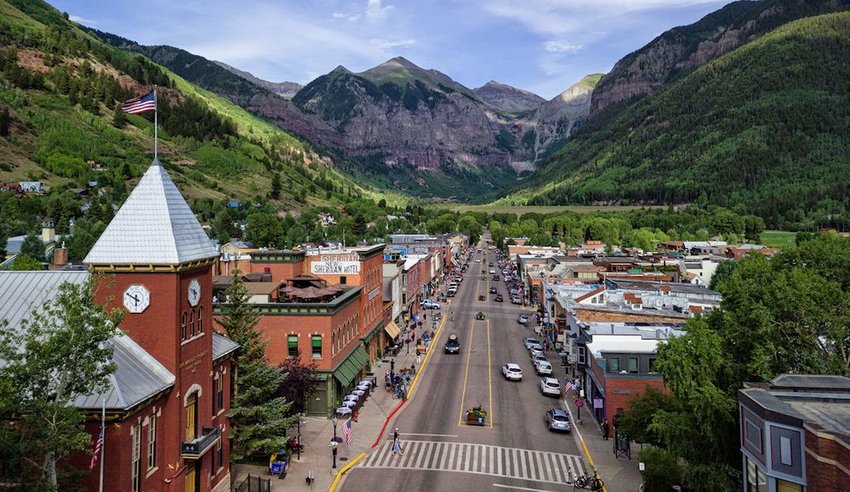

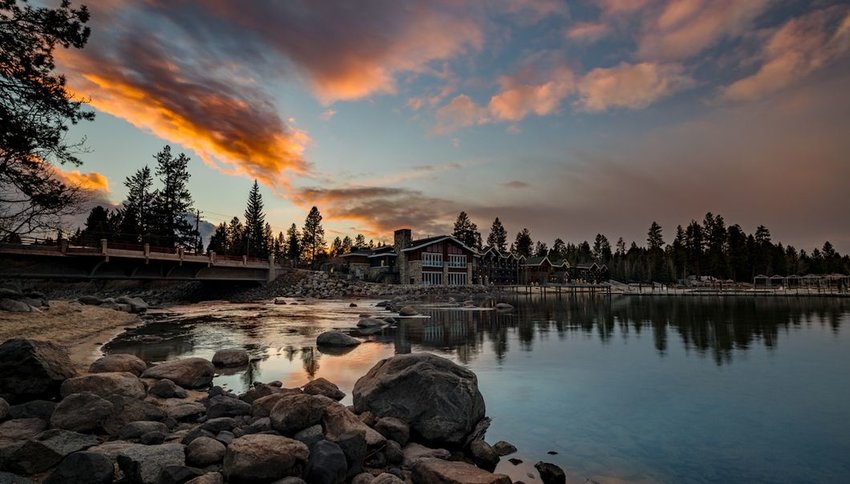
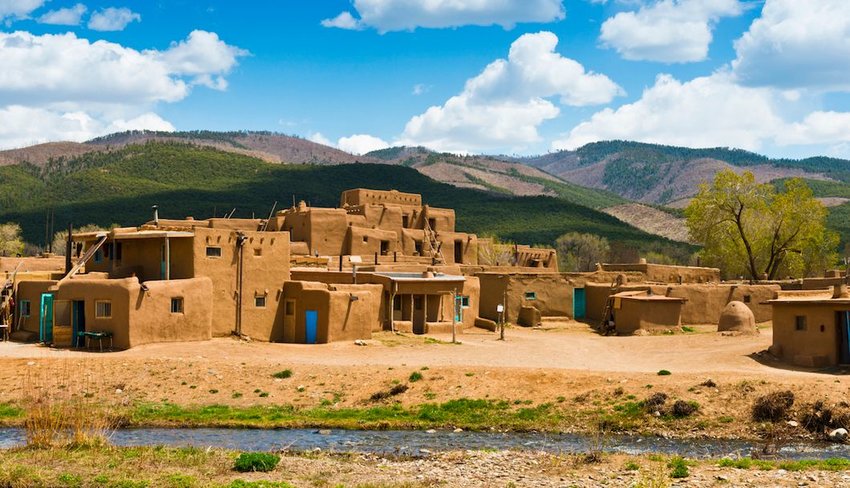
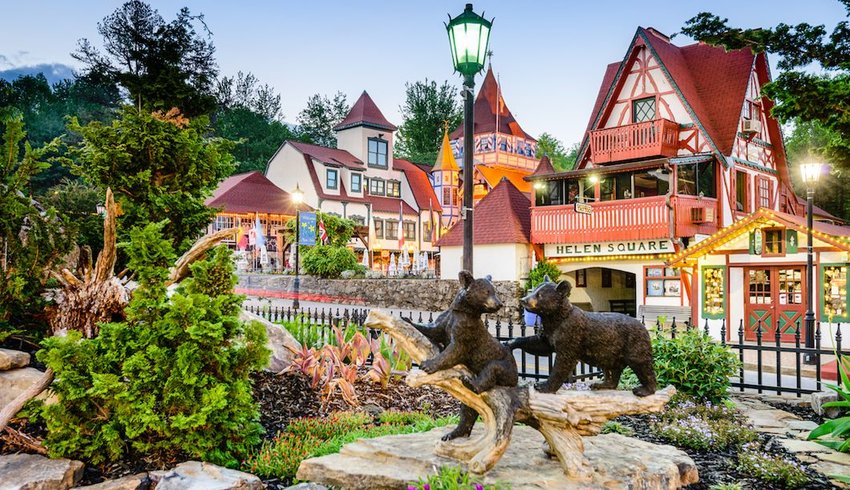
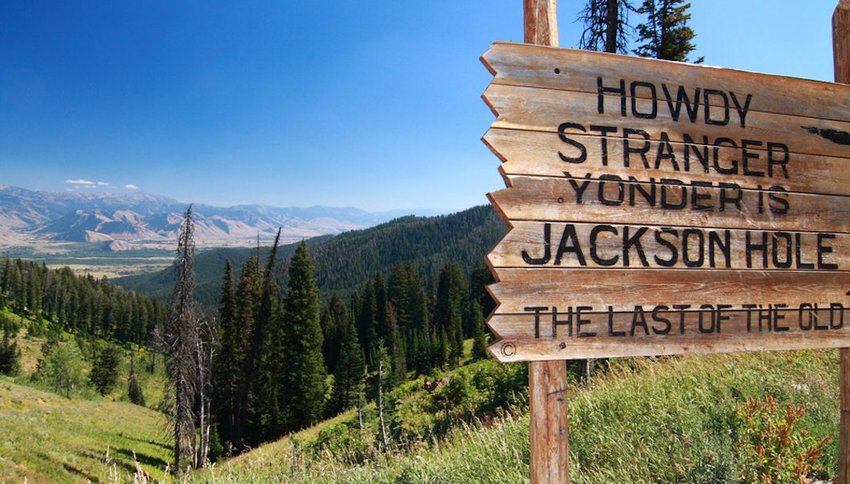
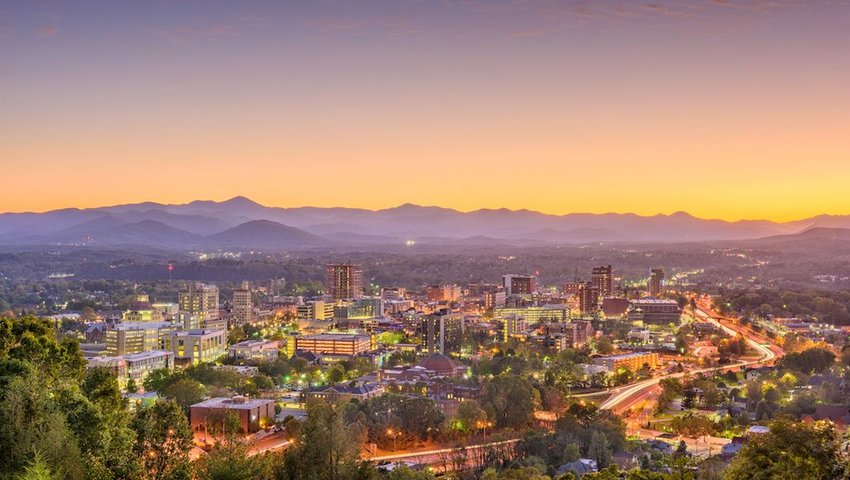

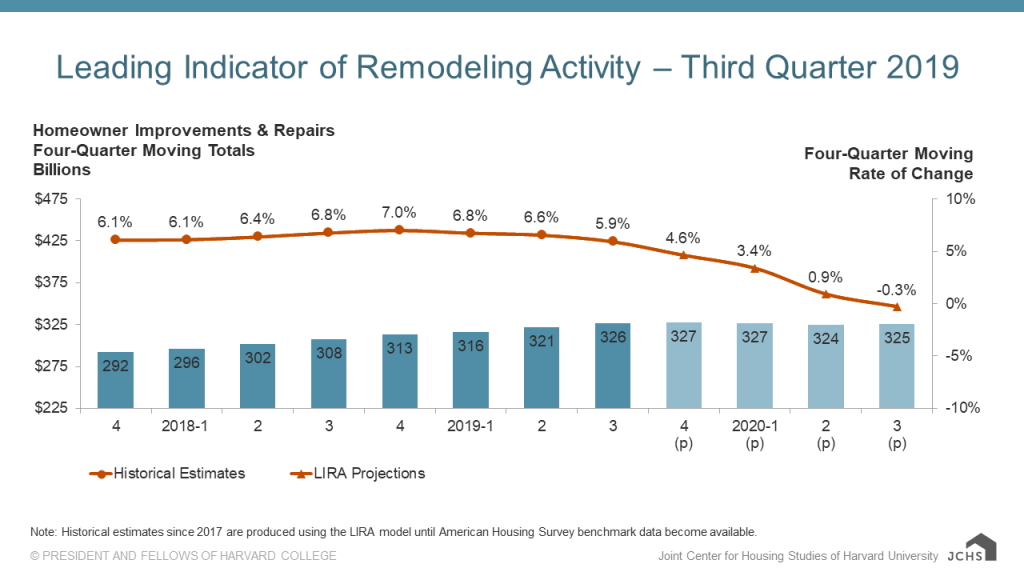
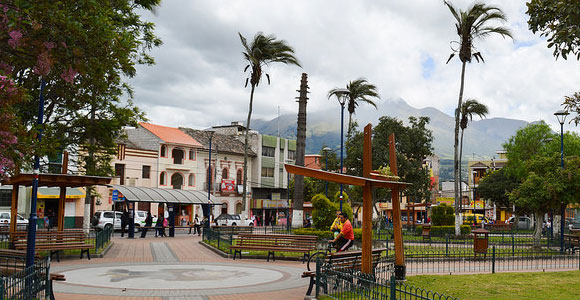 Cotacachi is becoming something of an expat magnet. Estimates are that about 100 expats live full-time in Cotacachi now. It’s a diverse group—not all American. There are Israelis, Cubans, Brits, and more among them, who get together regularly to discuss topics of interest or just to celebrate life. This makes retirement in Cotacachi enjoyable. The expats here are outgoing and relaxed, since there’s not much to worry about. No traffic, no temperature swings, no pesky insects, and certainly no money problems.
Cotacachi is becoming something of an expat magnet. Estimates are that about 100 expats live full-time in Cotacachi now. It’s a diverse group—not all American. There are Israelis, Cubans, Brits, and more among them, who get together regularly to discuss topics of interest or just to celebrate life. This makes retirement in Cotacachi enjoyable. The expats here are outgoing and relaxed, since there’s not much to worry about. No traffic, no temperature swings, no pesky insects, and certainly no money problems.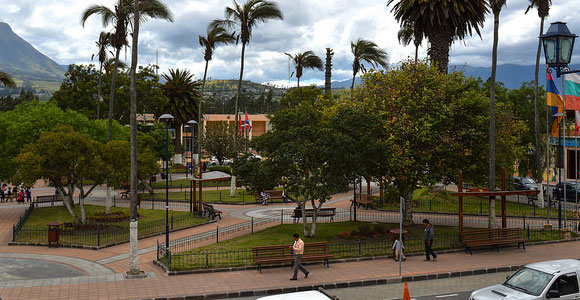 Cotacachi is a fabulous place to improve your health. The moderate climate with little variation throughout the year means that nearly every fruit and vegetable can be grown within a hundred miles. Not only is healthy produce readily available, but it’s also very affordable. With avocados priced at 3 for a dollar, organic leaf lettuce at 25 cents, and 6 plump carrots for 50 cents there is no monetary reason not to eat right.
Cotacachi is a fabulous place to improve your health. The moderate climate with little variation throughout the year means that nearly every fruit and vegetable can be grown within a hundred miles. Not only is healthy produce readily available, but it’s also very affordable. With avocados priced at 3 for a dollar, organic leaf lettuce at 25 cents, and 6 plump carrots for 50 cents there is no monetary reason not to eat right.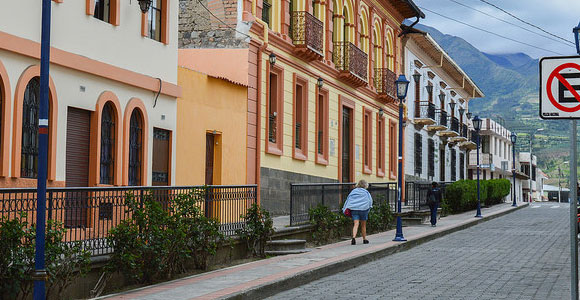 This influx of foreigners has caused something of a building boom in Cotacachi in recent years, and if you come to look for real estate, you’ll be spoiled for choice. Older homes and apartments in need of renovation can be had for the price of a good used car.
This influx of foreigners has caused something of a building boom in Cotacachi in recent years, and if you come to look for real estate, you’ll be spoiled for choice. Older homes and apartments in need of renovation can be had for the price of a good used car. The cost of living is low in Ecuador, but especially so in smaller towns like Cotacachi. If you’re living on a budget or just looking to save money, this is a great place to do so.
The cost of living is low in Ecuador, but especially so in smaller towns like Cotacachi. If you’re living on a budget or just looking to save money, this is a great place to do so.